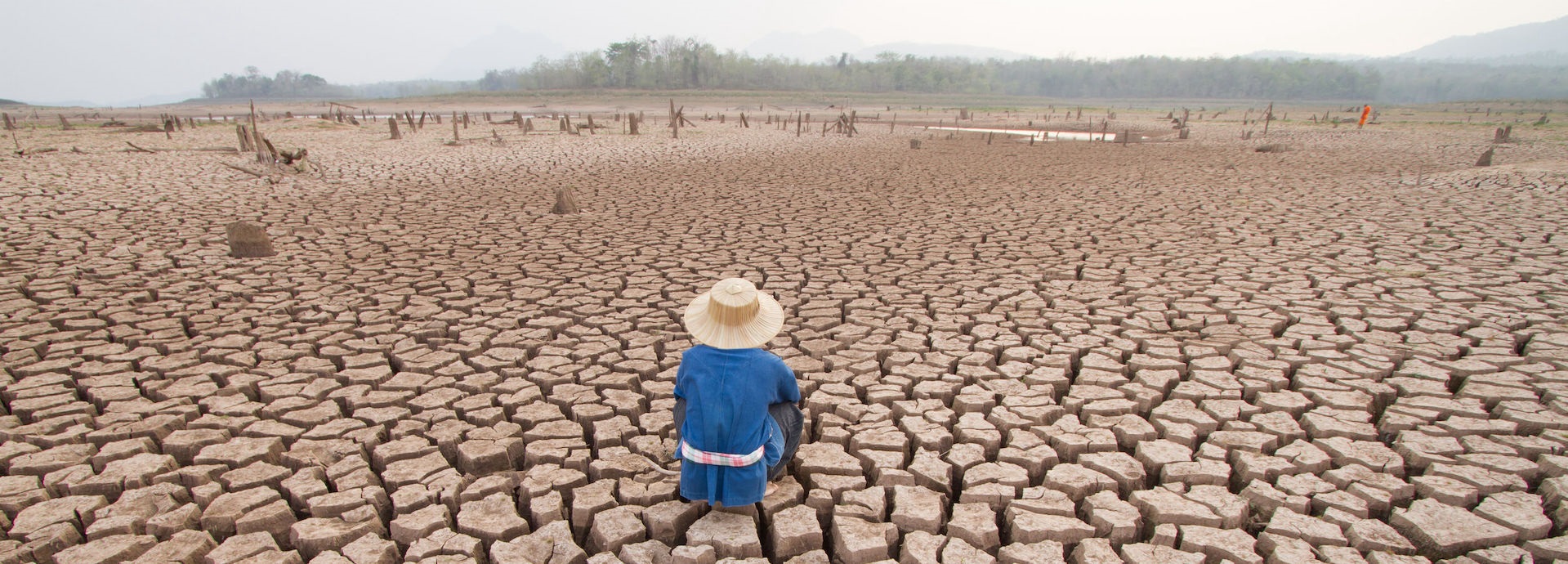

At Wärtsilä, we strive to look beyond business and focus on using our expertise, technology, and solutions to create lasting change. And one monumental issue that is always on the top of our minds is climate change. I caught up with Petteri
Taalas, the Secretary-General of the World Meteorological Organization to understand what we can do about it and how much time we have left.
Petteri, thank you for joining us. The UN has called the current rate of global warming a code red for humanity. As an expert on climate change, do you agree?
We are seeing a growing number of disasters like flooding, drought, heatwaves, intense tropical storms, and forest fires. We should start acting now if we are to prevent the most negative impacts of climate change taking place this century.
Can you, as a scientist, explain the importance of capping global warming at 1.5 degrees to a layman?
It is significant because the higher the numbers are going to be, the more we will see extreme weather events, increased melting of glaziers and rising sea levels. It has been demonstrated that capping warming at 1.5 degrees would be best for the welfare of mankind and especially, the biosphere. Take the oceans, for example, they serve as a sink for carbon dioxide. The more carbon dioxide they absorb, the more damage there will be to different marine ecosystems. If global warming reaches 2 degrees, there could be a major loss for coral reefs worldwide.
How do we reconcile reducing global warming with the soaring global demand for energy?
The two main sectors where we are using fossil fuels, which contribute to global warming, are the energy production sector and transport. For transport, we have climate-friendly solutions available that are becoming increasingly more affordable and more prevalent. Meanwhile, for the power sector, we have been able to create financially attractive, renewable energy solutions, especially solar energy, wind energy, and in some parts of the world, also hydropower. Nuclear energy is one of the climate-friendly solutions, although its price may not be the most attractive, especially in developed countries.
Speaking of the price of these solutions; there are a lot of countries where access to electricity is limited. To be able to grow and improve their quality of life, they need access to cheap and affordable energy which is usually fossil-based. What can we do here to help them access energy while still curbing emissions?
One of the attractive solutions is solar energy, especially in low-latitude areas. The prices of solar technology have been dropping dramatically during the past 10 or 20 years. And you don't even need very advanced networks for using solar energy. And of course, wind energy is another option though you typically need more investments in these networks than in solar energy and biofuels. These solutions are ways to provide affordable and reliable energy to energy sparse areas worldwide.
From the point of view of the World Meteorological Organisation, what are the critical actions that need to be taken to enable a more positive future?
We must limit our use of fossil energy - that means coal, oil and natural gas and we should convert our energy systems to renewable energy and nuclear energy. This in turn will also help our transport system become carbon-free. In the future, we will see solutions based on hydrogen economy and we will get rid of processes that are based on the use of fossil energy, for example, in the production of steel, and concrete.
One powerful way to adapt to climate science is to invest in early warning services. You can forecast, for example, drought and flooding season in low latitudes, one to three months ahead of time. And then we can forecast the high impact weather events like storms a week in advance.
Policymakers set the rules and regulators provide targets, but what role should businesses and the private sector play here?
There is no doubt that the framework has to be set by policymakers, by governments and players like the European Union and once those are set, the financing for these new solutions has to come from businesses and from consumers. Luckily, businesses are getting more interested in being part of the solution instead of being part of the problem, and thanks to increased consumer awareness, they are eager to apply these climate-friendly solutions. But of course, the investment scenario for the coming decades must be attractive for businesses and this to a certain degree is already happening, but we should speed up these developments.
How about individuals? How much can our everyday choices impact climate action?
That's a good question and from my perspective, there are three or four areas where we could have an impact. One is our means of transportation. If we would use more electric vehicles, biofuel-based vehicles, biked or walked, it could help reduce emissions. The second area is housing, especially in areas where you have to either heat or cool your facilities. You could use climate-friendly solutions to do this. And then it is our diets. If we could slightly reduce our consumption of red meat, it will reduce the need to have feed cattle. We are using more than 70% of global farmland for feeding cattle and that is not very smart. And finally, by reducing the overall use of fossil-based goods.
How close are we to the tipping point and how long do we have left?
It is good to keep in mind that if we let the carbon dioxide concentration become high - if we would use, for example, all known fuel resources, it would take thousands of years to get back to normal concentrations of carbon dioxide. That is why there's the need to act now. Personally, I'm optimistic that we will be able to limit warming. We have started acting but we need to be more ambitious.
This interview has been abridged. To hear the complete conversation, please listen to the podcast.
